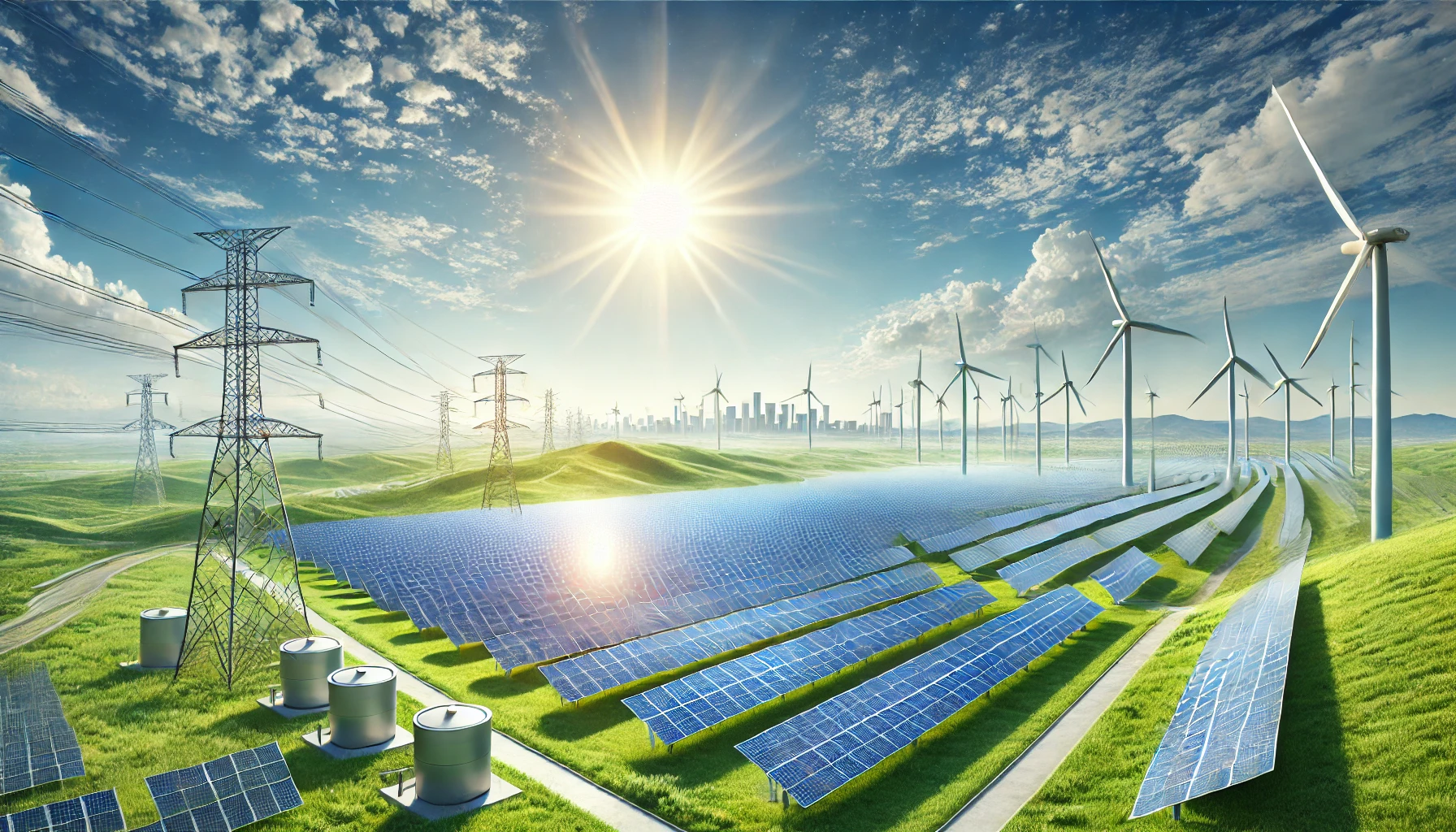World Bank Report Charts $10 Trillion Pathway to Decarbonize East Asia’s Energy
The report, launched in 2025, follows up on the Bank’s influential 2010 publication Winds of Change: East Asia’s Sustainable Energy Future and stresses that East Asia now stands at a critical crossroads in its energy transition.

- Country:
- Korea Rep
A new World Bank report, Green Horizon: East Asia’s Sustainable Energy Future, outlines urgent and practical strategies to transform East Asia’s power and industrial sectors—responsible for the vast majority of the region’s greenhouse gas emissions—into engines of sustainable growth, resilience, and competitiveness.
The report, launched in 2025, follows up on the Bank’s influential 2010 publication Winds of Change: East Asia’s Sustainable Energy Future and stresses that East Asia now stands at a critical crossroads in its energy transition.
The World’s Largest Emitter and Coal Consumer
In 2023, East Asia accounted for 42% of global greenhouse gas emissions and was the largest coal consumer worldwide. Much of this carbon footprint is concentrated in three economies: China, Indonesia, and Viet Nam, which together represent 80% of the region’s emissions and 88% of its coal consumption.
The power and industrial sectors dominate the region’s energy-related emissions, contributing between 75–87% of the total. The report warns that without urgent reforms, continued coal dependency and rising demand could jeopardize East Asia’s development ambitions, economic competitiveness, and environmental goals.
A Call for Integrated Transformation
According to the report, decarbonizing power and industry together is essential because of their intertwined emissions profiles. Moving ahead in isolation would undermine efficiency and cost-effectiveness.
“East Asia stands at a critical juncture for its energy future,” said Sudeshna Banerjee, Regional Practice Director for Infrastructure, East Asia and Pacific, World Bank. “This report provides a practical roadmap for transforming both power generation and industry together—because they’re deeply connected. This transformation will strengthen energy security, boost competitiveness, and create new jobs and market opportunities across the region.”
$10 Trillion Investment Needed by 2050
The report estimates that achieving full decarbonization of East Asia’s power and industrial systems will require more than $10 trillion in investment through 2050:
-
$9 trillion for clean power generation and transmission.
-
$1.7 trillion for industrial decarbonization.
However, the report stresses that early action on energy efficiency and electrification could deliver 65% of needed emissions reductions at only 20% of the cost—making upfront policy and investment measures a high-return opportunity.
Five Priority Actions for East Asia’s Energy Future
The report identifies five priority pathways to drive the transition:
-
Scale up renewable energy through competitive auctions and support for distributed generation such as rooftop solar.
-
Modernize electricity grids to integrate variable renewable energy, enable electrification, and improve resilience.
-
Boost industrial energy efficiency while gradually electrifying production processes.
-
Invest in innovation for hard-to-abate sectors, including green hydrogen, carbon capture, utilization and storage (CCUS), and advanced low-carbon industrial processes.
-
Mobilize private capital using blended finance, carbon markets, and clear enabling regulations to leverage large-scale investment.
Country-Specific Reform Paths
While the overarching priorities apply across the region, tailored national reforms will be critical:
-
China should prioritize renewable energy integration, advanced storage, and next-generation grid technology to manage massive new clean energy supplies.
-
Indonesia could scale renewables through transparent auctions and accelerate distributed energy generation to diversify its heavily coal-dependent system.
-
Viet Nam needs to expand its transmission infrastructure and strengthen power purchase agreements to attract private sector investors.
Jobs, Security, and Competitiveness
Beyond reducing emissions, the transition offers significant opportunities to:
-
Create new jobs in clean energy, advanced manufacturing, and emerging green industries.
-
Modernize production systems, making them more competitive in global low-carbon markets.
-
Strengthen energy security by reducing dependence on imported fossil fuels and volatile global energy prices.
By acting decisively, the region could position itself as a leader in the global clean energy economy, capturing value from supply chains for solar, wind, batteries, hydrogen, and other emerging technologies.
A Defining Decade for East Asia
The Green Horizon report underscores that the 2020s will be decisive. Policy choices made now will determine whether East Asia remains locked into coal dependency or succeeds in building sustainable, inclusive, and competitive energy systems for the decades ahead.
ALSO READ
Zambia Boosts MSME Productivity to Drive Renewable Energy and Green Growth
Gujarat: Pioneering Paths in Renewable Energy Leadership
Gautam Solar's Ratings Surge: Powering Ahead in Renewable Energy
Mahindra Susten Appoints Avinash Rao as CEO, Eyes Renewable Energy Expansion
Avinash Rao Takes Helm at Mahindra Susten: Leading the Charge in Renewable Energy










